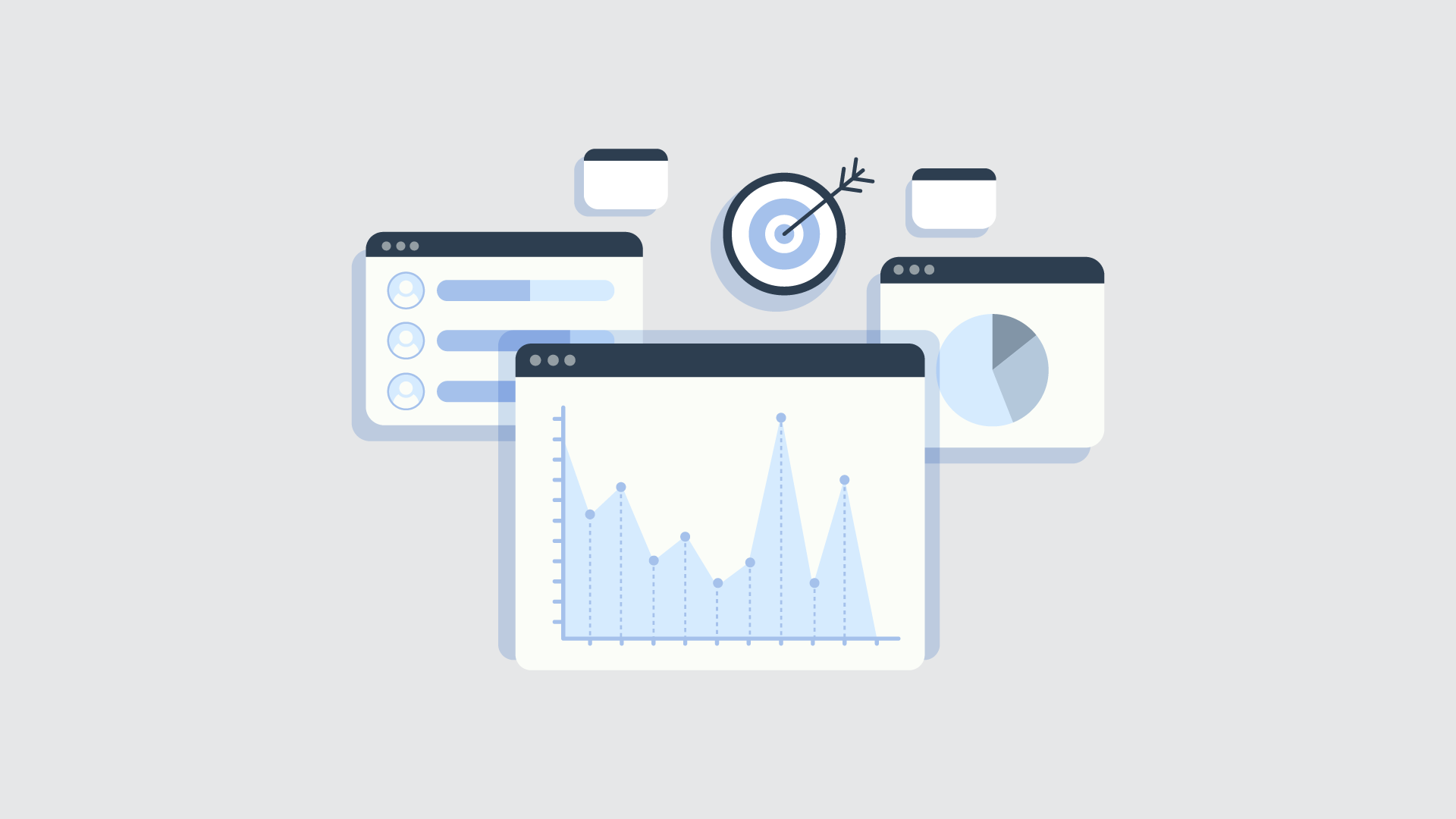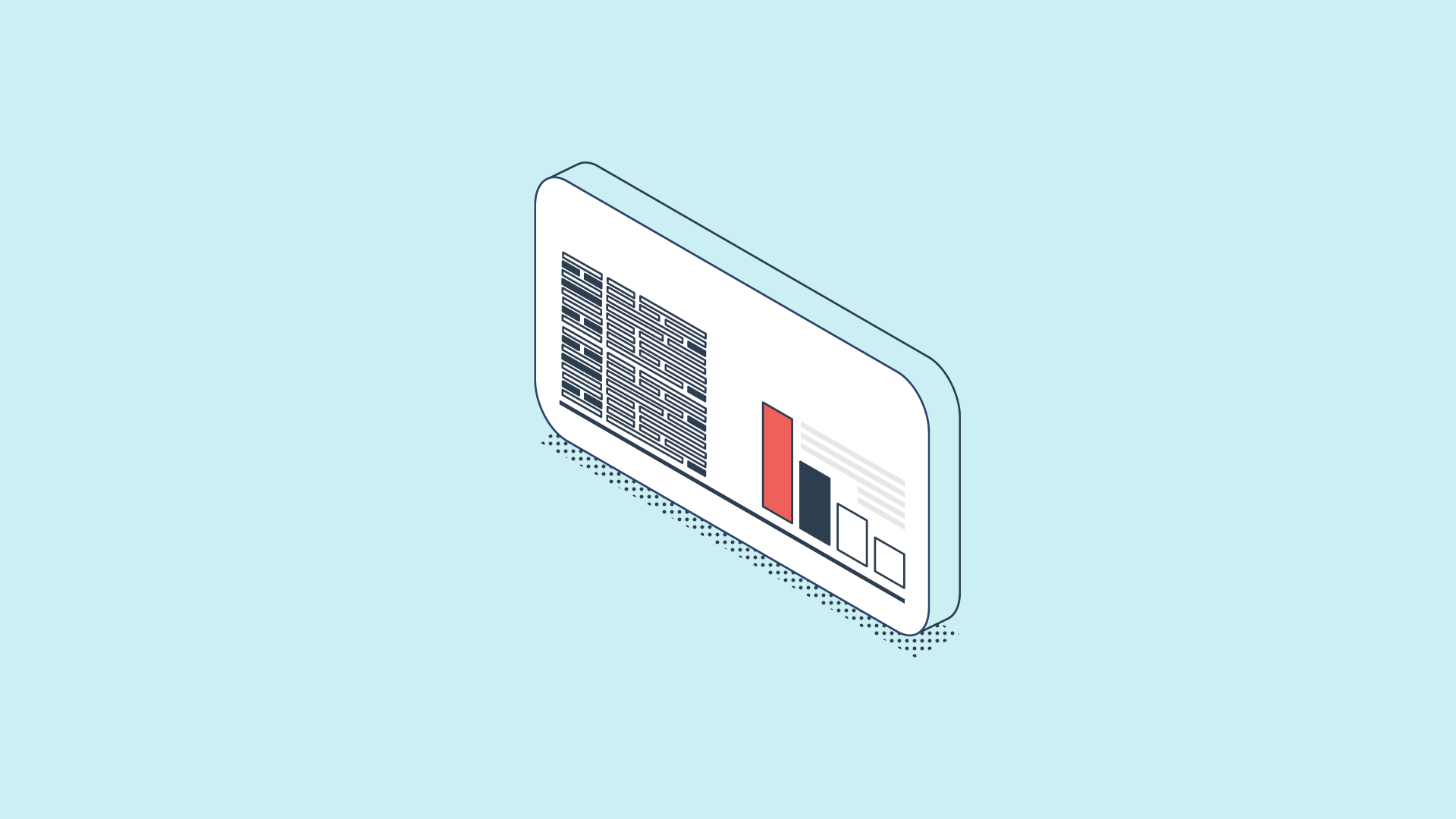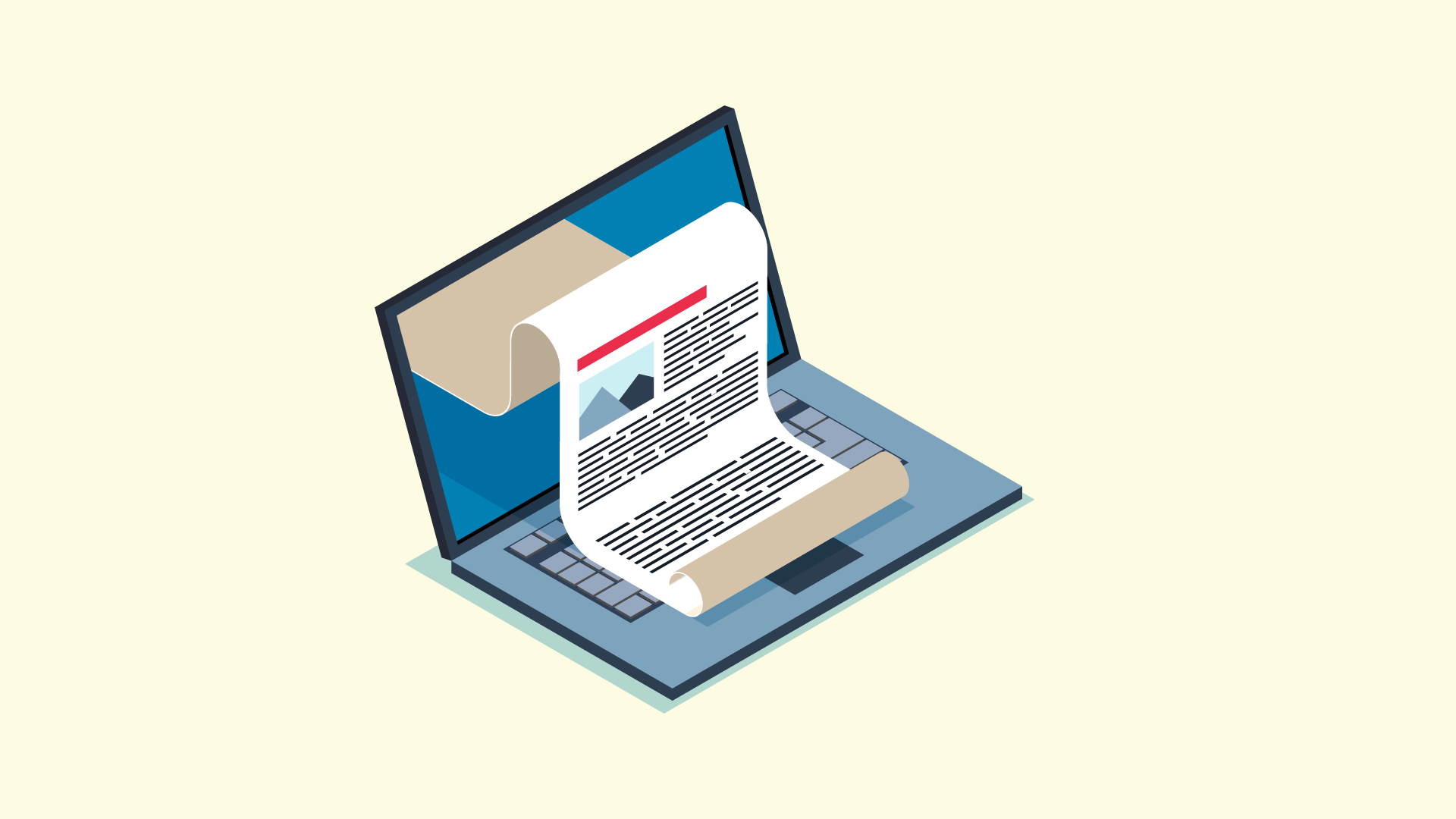Sales enablement refers to the processes involved in helping salespeople sell better. In other words, it helps them become more effective at selling. If you are interested in streamlining your sales process and using data to grow sales, then maybe Sales Enablement is for your organization.
Sales enablement (SE) aims to improve sales performance through training, coaching, and other support services.
Sales enablement adoption has increased by 343% over the last 5 years. Sales enablement has become a key component of modern marketing strategy. This means that organizations now recognize the importance of investing in their employees' skills and knowledge.
To succeed in today's competitive environment, businesses need to invest in their people. They also need to create a culture where they encourage learning and development. That way, their teams can stay ahead of the curve and deliver exceptional customer experiences.
|
Sales Enablement Sales enablement provides sales teams with the necessary resources to close deals, such as content, tools, knowledge, and information. |
What Is Sales Enablement?
Sales enablement is the process of providing your salespeople with the right information, training, and support they need to increase conversion rates and close more deals. In short, it gives your team everything they need to succeed.
Sales enablement is a strategic approach used to improve market performance and increase the efficiency of a company. This includes everything from improving the quality of interactions between the sales team and the marketing department to reducing the cost of selling.
The goal of sales enablement is to make sure that customers have all the necessary information to purchase products and services. In addition, it helps ensure that the product or service meets the needs of the customer.
So, sales enablement is about making certain that customers have all the necessary data to complete transactions successfully.
But there are many ways to do this. You can use different channels like a website, email, social media, webinars, etc.
You can also use different methods such as training, demos, case studies, etc.
Why Is Sales Enablement Important?
Sales enablement is about aligning sales and marketing efforts to best serve customers. It includes everything from creating and distributing content to managing customer conversations.
Sales enablement improves the sales process, supports sales teams with content, and accelerates the sales cycle. For example, it helps ensure that salespeople are guided by accurate data and insights that provide context to their work.
In addition, sales enablement enables organizations to run customized reports that track sales activities, such as how many calls and emails were sent out during a given month. These reports can inform future planning and decision-making.
Finally, enabling salespeople to access relevant information allows them to spend less time searching for key facts and figures and more time selling.
The benefits of sales enablement extend beyond individual salespeople. By helping sales managers understand what’s happening within their team and across the entire organization, sales enablement facilitates alignment among departments.
This makes it easier for sales teams to collaborate on projects and share knowledge. Also, sales enablement helps sales managers identify gaps in training and development needs, allowing them to address issues quickly and effectively.
Sales enablement tools and strategies help increase transparency within an organization. Salespeople use them to improve their sales processes, support sales teams with relevant content and speed up the sales cycle.
Sales Enablement helps organizations achieve several important goals from an organizational perspective:
- Aligning sales and marketing efforts to best serve customers
- Reducing the Customer Acquisition Cost (CAC)
- Content management helps salespeople guide buyers through their buying journey by providing relevant content for each phase
- Create custom sales reports that track sales activity and communication
- Integrate seamlessly with technology tools
- Improve training and onboarding programs
Who owns sales enablement?
In almost every organization, sales enablement is owned by both marketing and sales.
Marketing helps salespeople by providing them with the tools they need to be successful. These resources and materials usually include videos, blog posts, e-books, and guides for salespeople to use when interacting with prospects.
Reps share this content to help their leads and customers decide if they want to purchase from them.
Furthermore, sales can work closely with marketing to identify which types of content and material are lacking that they can share with prospects and customers during their buyer's journey.
In this way, they can create new materials for their representatives to help them reach customers and sell more efficiently.
Both sales and marketing teams play an important role in helping companies develop their sales enablement strategy.
Sales Enablement Strategy
A sales enablement strategy is an organization’s approach to providing its sales team with the tools they need to be successful. This strategy is designed for your specific sales team so they can target your ideal customer base and close more deals. You should analyze the resources, tools, information, and content you provide the sales team with, to make sure they're helping them convert more leads into customers to develop your business’s strategy, it is important to keep sales enablement practices in mind.
Let's now take a look at the different aspects of sales enablement, including reporting and analysis, content optimization, technology and automation, and sales enablement software.
Reporting and Analysis
Today's sellers use data to drive their business decisions. However, too much information can be overwhelming for sales representatives and hurt their productivity. A sales enablement professional creates systems to help companies use data effectively. Here are some methods for achieving this:
1. Standardize Reporting
One of the best ways to get useful insights from your business data is to agree upon a set of standardized sales reports. Reporting varies from company to company but some common types of reporting include the following:
- Sales activities logged by salespeople
- Product demos delivered
- Deals won and lost
- Leads generated/worked
Sales leaders know which reports are most useful for their companies. They might not be able to create these reports themselves. Sales enablement professionals can fill this gap.
2. Review the Sales Process
A sales process audit is an important step toward improving sales effectiveness. However, it's often overlooked because many companies don't know how to conduct one effectiveMostmost sales process audits are done haphazardly and poorly.
An effective sales process audit requires a thorough understanding of the sales cycle, including the stages involved, the activities performed during each stage, and the metrics used to measure success.
The best way to conduct a sales process audit is to analyze sales data. This allows you to identify gaps in the sales process and determine whether there are opportunities to improve.
Sales process audits typically involve three main steps:
1. Data Collection
2. Analysis
3. Recommendations
At Fine Media, this is how we approach our clients' sales process to ensure they get the best out of their sales efforts.
3. Qualify Leads
Salespeople today are often overwhelmed by information about potential clients who aren't really good fits for their business. It is because it takes up too much time for salespeople that they must qualify their prospects before contacting them.
HubSpot reports that most salespeople spend less than 20% of their time prospecting. And even though it’s important to qualify every lead, many reps simply don’t have enough time to do so.
Lead scoring is used by sales enablement professionals to determine which leads are worth pursuing further. Businesses with limited geographic reach, such as local businesses, will negatively weigh contacts that reside in a different country. Likewise, a company that sells exclusively to small business owners will give greater weight to companies with fewer than 20 employees.
If your organization uses customer relationship management software (CRM) can surface potential clients and leads for sales representatives right away when they convert on your site. Leads are moved from the pipeline into a CRM queue for salespeople to follow up on their own time.
These are the three things you must do to qualify leads effectively:
1. Know Your Ideal Customer
You might think you know what type of person buys your product or service, but chances are there’s someone out there who fits that mould better than you do. If you want to find those customers, you need to ask yourself some questions. What does your ideal buyer look like? How old is he/she? Where does he/she work? Does he/she have children? Is he/she married? Etc.
2. Understand Their Needs
Once you identify your ideal customer, you need to understand his needs. To do so, you need to dig deeper into the buying process. Who else is involved in the decision? Why did they buy something similar last time? What features did they consider when making their purchase? What problems did they encounter along the way?
3. Make Sure You Have All the Data You Need
If you can answer all of these questions, then you should be ready to qualify leads. But if you don’t have access to all the right data, you’ll never be able to make qualified decisions. So before you begin prospecting, make sure you have the following information available:
• Demographics (age, gender, location)
• Job title
• Company size
Sales Content Optimization
Contrary to popular belief, marketers aren't the only ones creating content. At some companies, salespeople produce just as much content as marketers.
And, although each minute spent creating content is a minute not spent selling, personalized content is extremely important to move leads through their buying journeys. Here are some ways of optimizing your sales content so it's effective but not taking too much time away from actually selling.
1. Organize Sales Content
A thorough content audit is essential for any successful sales enablement strategy. A lot of companies already have high-quality sales content on their websites. By putting all existing sales content in just one place, you'll ensure your representatives can find them easily when they need to share them with prospects.
Examples of sales content that should be audited and organized include:
- Customer case studies
- Whitepapers
- Ebooks
- Product demo decks
- Pricing information
- Competitive intelligence briefs
Content libraries can be created using tools such as Google Drive, an internal wiki, a CRM, etc. Remember when you're doing content audits and organizing your content, that as time passes, some content from years ago may no longer be relevant to your current audience. To help your sales team succeed, update this document library regularly.
2. Create Case Studies
Case studies are the most critical type of content in a sales team’s document library. They provide proof of concept, demonstrate value, and tell compelling stories about how your solution solves problems. As such, they're often the primary reason why prospects choose to work with you over competitors.
Within six months of launching a product, your company should be able to point to at least one case study showing the benefits of its products and services. You can use a CRM to track customer usage of your new product to quickly identify potential case studies.
According to Wyzowl, when people were asked how they’d most like to learn about a product or service, 73% said they’d prefer to watch a short video. Videos are an excellent way to reach your audience because they're easy for people to understand and remember. However, it's not a secret that creating high-quality videos takes time.
3. Create Email Templates
Email remains the second most effective way to contact prospects according to the State of Inbound Sales Report. It's no wonder so many reps spend hours perfecting their email copy. Email templates that salespeople use directly from their inboxes can significantly improve productivity.
Technology and Automation
A decade ago, sales were a highly manual business but this is no longer the modern sellers' reality. Automating some of the most tedious parts of selling enables salespeople to sell better and faster than ever before. Below are some examples of ways to use technology and automation to improve the sales enablement process:
1. Create Email Sequences
Sales enablement professionals, reps, and others can craft follow-up emails that automatically trigger if prospects haven’t replied to them after a certain period. You can use personalization tokens to customize the content of emails sent by your team members to prospects.
It's important to remember that your representatives are probably sending dozens of follow-up emails every single day. Using pre-set sequences for automated follow-ups will help save them time, so they won't need to spend their time doing things manually.
2. Automate Prospecting
Automated prospecting involves sending emails from a salesperson's account that include direct links to his/her calendar for appointments. Prospects who are interested in buying can contact the rep by scheduling a meeting through the calendar link. It enables salespeople to simply open their calendars each day to see if they have any scheduled meetings with qualified prospects who are already present, thus saving them hours of prospecting.
3. Implement Direct Messaging
When it comes to chatting with prospects, there’s no better time than when they’re already on your website. Live chat enables representatives to engage with and close potential leads in real time. To avoid wasting reps' time with unqualified prospects, a sales enablement team member could use filtering criteria to surface only live chat boxes for qualified leads.
So that you can automate some of your sales processes, and organize everything related to them, you can invest in sales enablement software.
4. Use Sales Enablement Software
Sales enablement software enables your salespeople to access all of your materials and information from one place. Sales enablement software helps you create, share, edit and manage your materials and content easily. Your entire sales force can access the information here from anywhere at any time, which enables your marketing team to easily work together with your sales team on creating and sharing content for prospects and customers.
We are a HubSpot solutions partner agency thus we can attest to its efficiency and great return on investment.
HubSpot CRM platform Sales Hub product has been named the best CRM software in G2’s Spring 2022 CRM Grid Report for scaling companies, gaining high marks for customer satisfaction and likeliness to recommend. So we highly recommend it. With Hubspot, you can start with a Free-forever CRM.
Empower Your Sales Team
To put it simply, implementing a strong sales support strategy means providing your sales teams with the tools they need to be successful. It involves providing the appropriate software, technology, and creative material to eliminate wasted time and increase efficiency.
Sales enablement has so many benefits that they're hard to ignore. Your sales team can close more deals and shorten sales cycles using lead-scoring tools. Sales enablement helps companies reach out to new markets and broaden their customer base by opening the door for more up-selling and cross-selling opportunities.
Sales enablement has been proven to enhance the customer experience overall, allowing for stronger and longer-lasting relationships with clients. More effective handoff between marketing and sales, better follow-up tactics, and automated prospecting help your sales team stay on top of things and create an enjoyable buying experience for customers.
Alignment between marketing and sales is essential for the success of your sales enablement strategy. Marketing and sales representatives must be in sync. They should share goals and have the same lead qualification criteria. Sales enablement software can help improve communication between employees by providing a central location where they can access sales enablement materials, content, and resources.
It’s unlikely that incorporating a sales enablement strategy will occur overnight and it may require significant changes in your daily operations and company culture. For this strategy to be successful, it requires commitment from senior management and hiring a sales enablement manager to continually scale, upgrade and improve on it. Today, sales teams understand that sales enablement is a continuous process that needs to be tracked and managed effectively throughout the buyer's journey.
Salespeople who succeed at their jobs directly relate to a successful company. Empower your sales teams with a strong sales enablement strategy template and watch them grow and improve based on data-driven reports.



